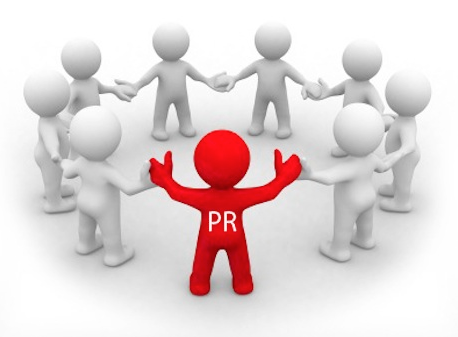
The Future of PR – According to Journalists
The last few weeks have been bustling with all things CIPR. From the CIPR NW awards to seminars and events, the industry’s professional body has been churning out celebrations and invaluable insights like no other.
Brazen account managers Sophie Smith and Megan McGonigle had the privilege of attending one of these seminars, firmly focused on the Future of PR. Hosted by speakers CIPR president Sarah Pinch and Editor-in-Chief of Trinity Mirror Merseyside, Alastair Machrey, the seminar looked at PR’s future from both a PR and journalism point of view.
As we know, journalism and PR go hand in hand. We might bicker, roll our eyes when they’re not looking and get frustrated when they don’t agree that our story is the best thing ever, but deep down it’s a solid partnership that isn’t ending anytime soon.
As PRs, we all (at least once in our careers) wonder what is going on in a journalist’s brain. Why didn’t they splash my story on the front pages? Why haven’t they replied to my really nice email? Why didn’t they ask me how my weekend was?
But PRs can be a lot of fun. We may sometimes exaggerate ever so slightly (don’t all media types?) but we know journalists love our stories and without us they’d be simply lost.
So, imagine someone said to you: “You have the opportunity to get inside your partner’s head and figure why the hell they didn’t empty the dishwasher”. That’s pretty much how Sophie and I felt when we got to go and witness a real live dissection of a journalist’s brain – pretty damn intrigued.
We almost exploded with the knowledge we took away from the seminar but here are some of the highlights and how Brazen reckons we tackle them:
• Nostalgia is the top reason for readers continuing to buy papers and it’s the constant stream of bad news that puts them off. Readers want to hear about how amazing their region is, not the increase of crime rate
Brazen says: We reckon the UK is still keen on a scandalous stat but we’ve noticed the nation is more likely to get gooey over a happily ever after. Perhaps it’s time to give the positive news stories some airtime?
• Readers see print as ‘old news’
Brazen says: Even that statement is old news but we can’t abandon a medium that has treated us so well over the years. We need to become savvier with our content in the planning stages and produce the goods for both online and print. Whether that be different sets of content or carefully tailored stories with unique angles to suit both channels
• Most journalists HATE being asked how their weekend was (which explains why they don’t tend to ask us how ours was and completely ignore the question)
Brazen says: Sigh, we’re just trying to be nice. But point taken, we know our media so we’ll make the conversation less general, vanilla and a bit more, well, Brazen.
• Don’t send a release to more than one person on features/news/whatever you’re selling in to. You’ll end up with three versions of your story and some very angry journalists
Brazen says: Oops. WE’RE JUST SO EXCITED AND WE WANT TO TELL EVERYONE HOW AMAZING OUR CLIENT IS. No, but seriously, pretty bog standard, we ain’t the spray and pray type
• Get to the point
Brazen says: As above. (That short and sweet enough?)
• Journalists are desperate for more video content
Brazen says: Well you’ll get it then. Video is the perfect way to say things press releases can’t. Video is a great channel to get people engaged with your brand and to physically show them how amazing a brand is. Whether it’s a timelapse, a vine or a parody, this is a direct and proven way to speak to your audience
• Support journalists and they’ll support you
Brazen says: We always knew they loved us
Want more information? Contact us here
